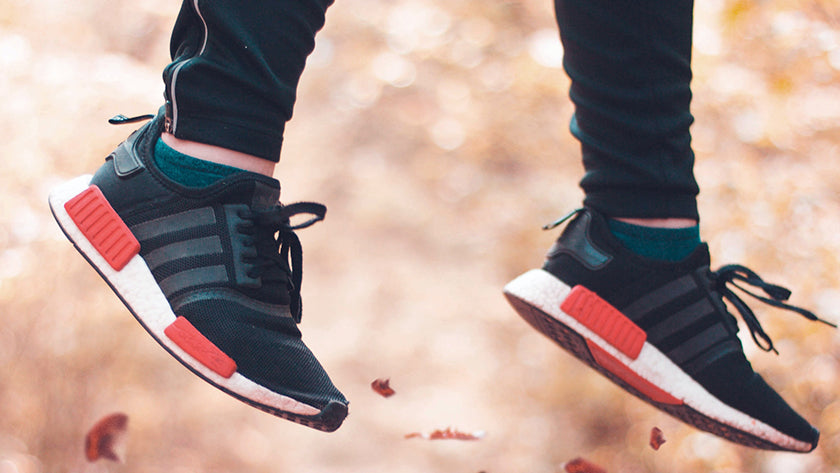
Tips for choosing the best running shoes for you
Christmas gift promotions have arrived, and shoes attract sports people's attention from all over the world. For a successful shopping routine, we share with you the 7 steps for choosing the best running shoes. Keep reading and take note of the following tips!
The first thing is to keep in mind the difficulty level you put into your activity and the sports goals you have set for yourself. Depending on these and other factors, the shoes should have some or other features.
But basically, the best running shoes for you will be those that best suit your feet, your specific needs, routine, pathologies, and lifestyle.
7 tips for buying running shoes
- Footprint Study: This is undoubtedly the first step in choosing your running shoes. How do you know which ones are the best without knowing what your footprint is like? Do I need to correct my footprint or running techniques? Thanks to a footprint study, you will get the most out of your new running shoes. But not only that, you will avoid injuries and improve your athletic performance.
- Lightweight: If you are a runner, amateur, or professional, you will know that running with heavy shoes is not a good option. For this reason, most manufacturers are now focusing on designing lightweight running shoes to offer a feeling of better speed and less resistance.
- Cushioning: The impact produced by each step will have much less repercussion on your feet if you have proper cushioning. In addition, you will feel that you are running more comfortably.
- Material: Make sure they are resistant, breathable, and adapted to the terrain and type of training you are going to do. Professional podiatrists recommend prioritizing the materials used to manufacture running shoes rather than the aesthetic factor.
- Support: If you think that the shoelaces or the mesh covering the foot are the only two support methods for shoes, there is still much more. We recommend that your running shoes have elements such as synthetic leather, heat seals, and other types of reinforcements that support the midfoot.
- Durability: How long did your last running shoes last? Commonly this is measured in kilometers or miles; however, the distance traveled is not the only factor that interferes with their durability. How much you used the shoes, the deformation they have suffered due to your footstep type, the terrain, etc. Consequently, they must be resistant.
- Breathability: This is especially important for long-distance runners who spend more hours training.Footwear material must be able to keep the foot as dry as possible.
Remember that your feet go with you to the finish line, take care of them as they deserve, and we hope to see you online in our next article!












